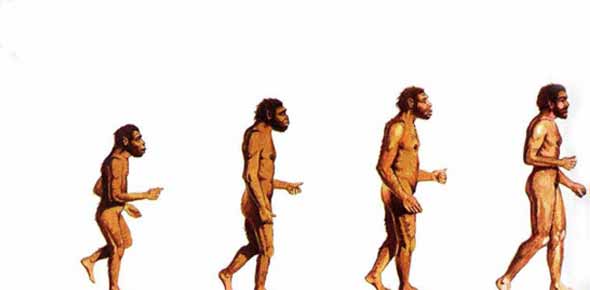A Quiz On Anthropology For Pros 1102-012 Quiz 6
- AAA
2.
You may optionally provide this to label your report, leaderboard, or certificate.
×
Thank you for your feedback!
















